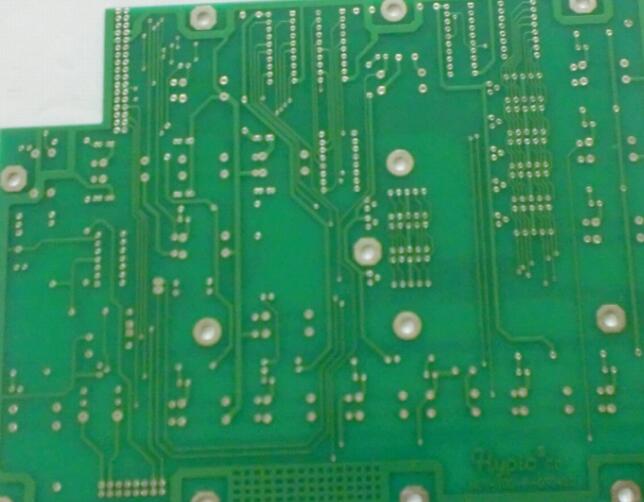With the continuous expansion and rapid growth of the business volume, the requirements for the number of layers, weight, precision, materials, line width, line spacing, and reliability of circuit boards are getting higher and higher.
1. The basis for selecting the width of the printed wire: the minimum width of the printed wire is related to the size of the current flowing through the wire: the line width is too small, the resistance of the printed wire is large, the voltage drop on the line is also large, which affects the performance of the circuit, and the line width is too large Wider, the wiring density is not high, and the board area increases. In addition to increasing the cost, it is also not conducive to miniaturization. If the current load is calculated at 20A/square millimeter, when the thickness of the copper clad is 0.5MM, (usually so much,) Then the current load of the 1MM (about 40MIL) line width is 1A. Therefore, the line width of 1--2.54MM (40-100MIL) can meet the general application requirements. The ground wire and power supply on the high-power equipment board are based on the power The size, the line width can be increased appropriately, and in the low-power digital circuit, in order to improve the wiring density, the minimum line width is 0.254--1.27MM (10--15MIL) can be satisfied. In the same circuit board, the power and ground wires are thicker than the signal wires.
2. Line spacing: When it is 1.5MM (about 60MIL), the insulation resistance between lines is greater than 20M ohms, and the maximum withstand voltage between lines can reach 300V. When the line spacing is 1MM (40MIL), the maximum withstand voltage between lines is 200V. Therefore, on the circuit board of medium and low voltage (the line voltage is not greater than 200V), the line spacing is 1.0--1.5MM (40-60MIL). In low-voltage circuits, such as digital circuit systems, it is not necessary to consider the breakdown voltage, as long as The production process permits and can be very small.
3. Pad: For 1/8W resistance, the diameter of the pad lead is 28MIL is enough, and for 1/2W, the diameter is 32MIL, the lead hole is too large, and the width of the pad copper ring is relatively reduced, Resulting in a decrease in the adhesion of the pad. It is easy to fall off, the lead hole is too small, and the component placement is difficult.
Four. Draw the circuit border:

The shortest distance between the border line and the component pin pad cannot be less than 2MM, (generally 5MM is more reasonable), otherwise it will be difficult to blank.
Five. Component layout principles:
1. General principles: In the PCB board design, if the circuit system has both digital circuits and analog circuits. And large current circuits, they must be laid out separately to minimize the coupling between the systems. In the same type of circuit, according to the signal flow direction And function, divide into blocks, place components in districts.
2. The input signal processing unit and output signal drive components should be close to the edge of the circuit board, and the input and output signal lines should be as short as possible to reduce the interference of input and output.
3. Component placement direction: Components can only be arranged in two directions, horizontal and vertical. Otherwise, they cannot be used in plug-ins.
4. Component spacing. For medium-density boards, small components, such as low-power resistors, capacitors, diodes, and other discrete components, the spacing between each other is related to the plug-in and welding process. When wave soldering, the component spacing can be 50-100MIL (1.27-- 2.54MM) manual can be larger, such as 100MIL, integrated circuit chip, component spacing is generally 100-150MIL.
5. When the potential difference between the components is large, the component spacing should be large enough to prevent discharge.
6. Before entering the IC, the capacitor should be close to the power supply and ground pin of the chip. Otherwise, the filtering effect will be worse. In the digital circuit, in order to ensure the reliable operation of the digital circuit system, the power supply of each digital integrated circuit chip is IC decoupling capacitors are placed between the ground. Decoupling capacitors generally use ceramic capacitors, with a capacity of 0.01 ~ 0.1UF. A 10UF capacitor and a 0.01UF ceramic capacitor should also be added between the power line and the ground line.
7. The clock circuit components are as close as possible to the clock signal pins of the microcontroller chip to reduce the wiring length of the clock circuit. And it is best not to route the wires below.